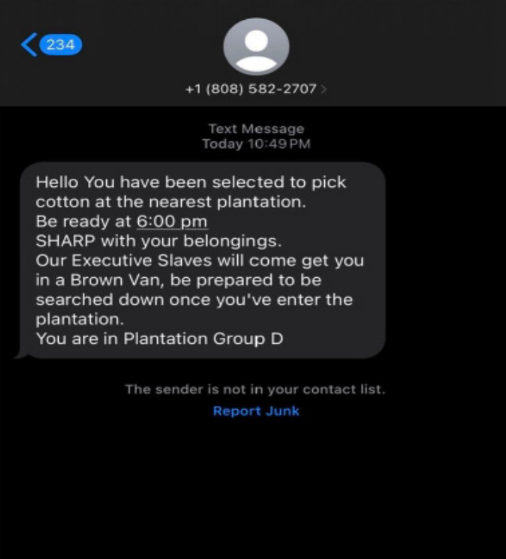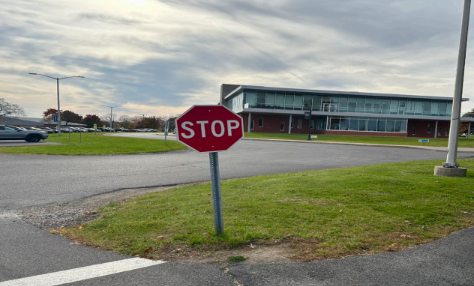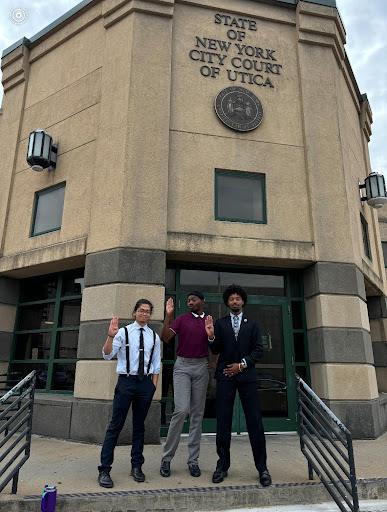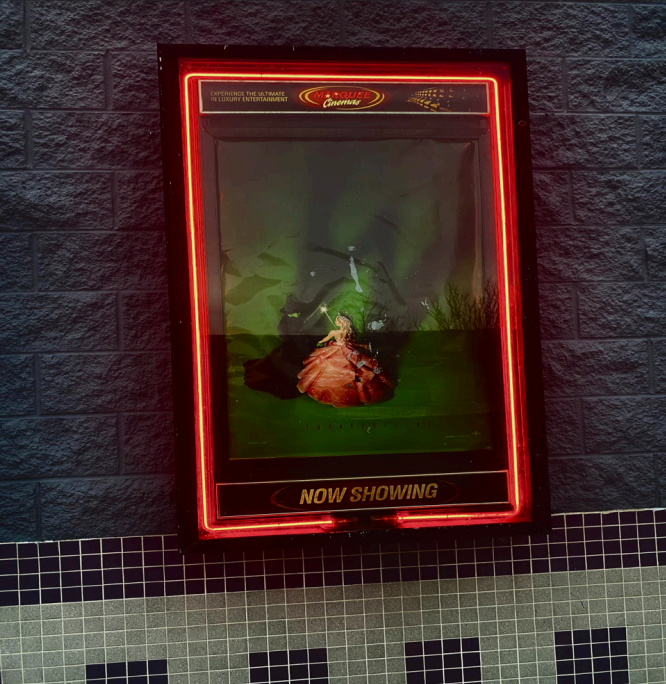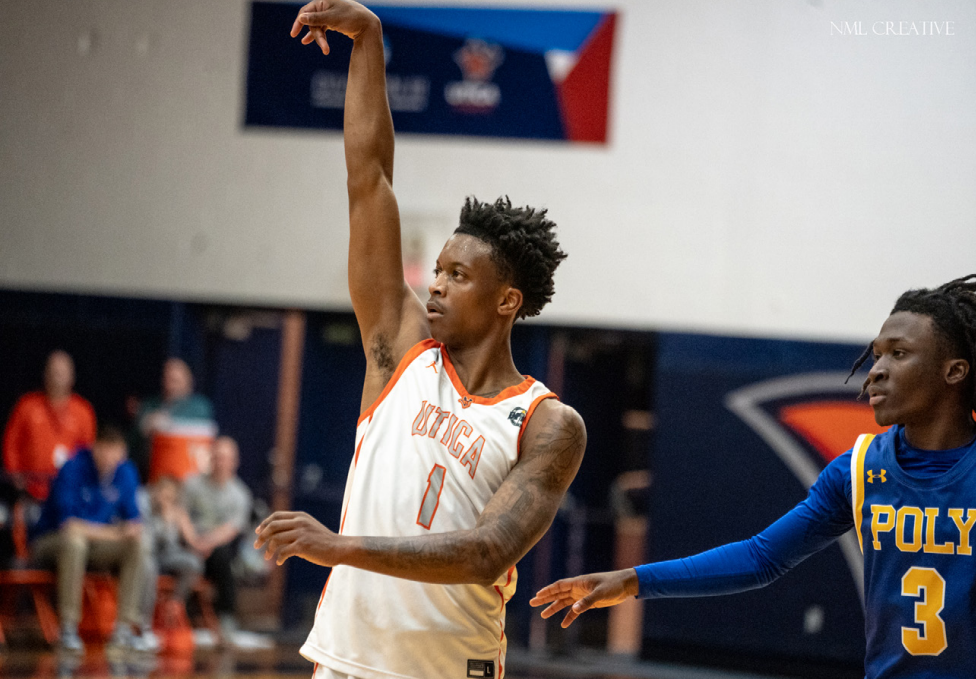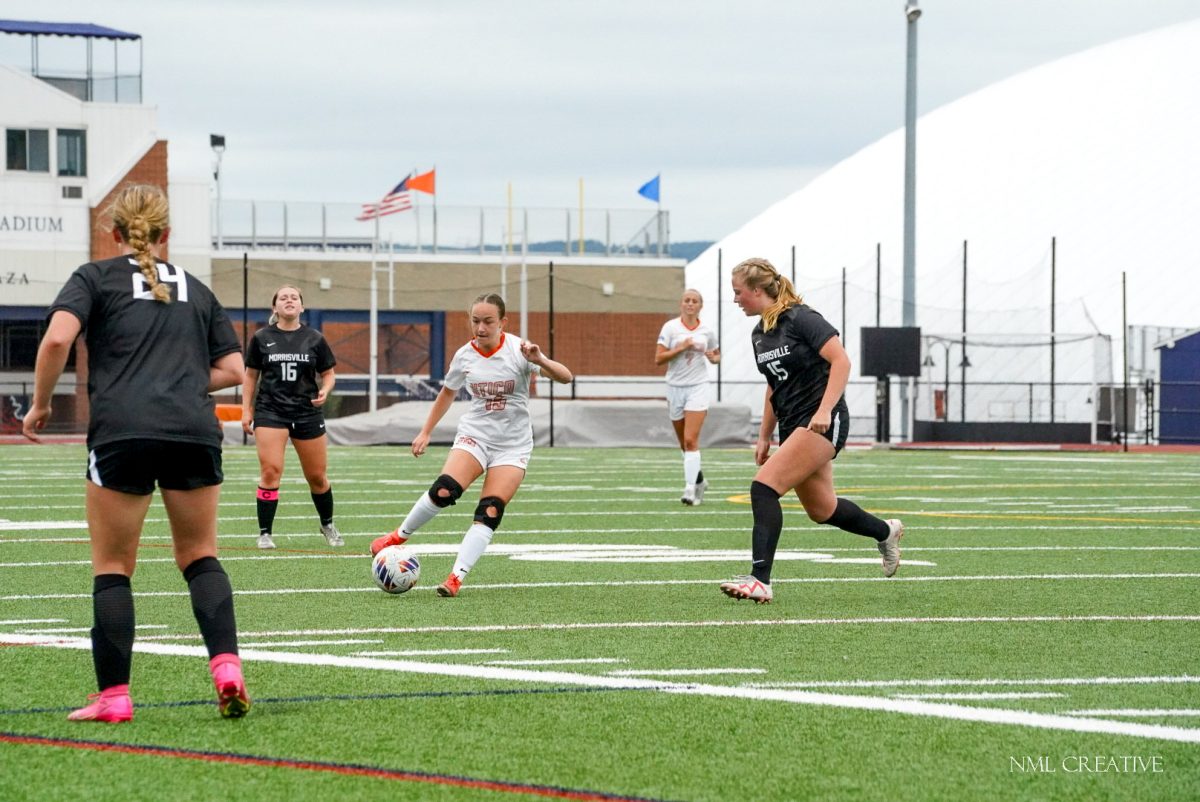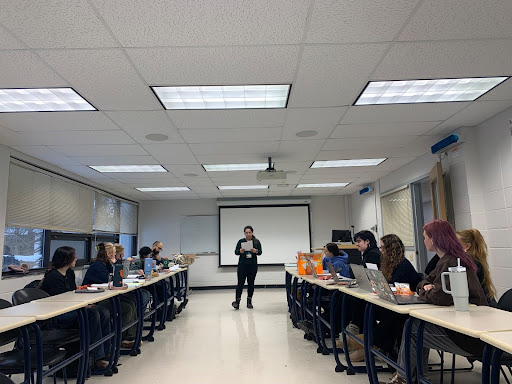John Blashke, Staff Writer
Utica College students received new, state-of-the-art, proximity ID cards to replace the old swipe technology on Oct. 16. This implementation is part of the college’s updated safety initiative.
After UC’s active shooter threat on March 5, 2018, the college reevaluated some of its campus security measures. For example, the Utica Police Department carried out a professional threat assessment for UC.
The police found that there were too many points of entry into the academic buildings, especially along the southern side facing the Economic Crime, Justice Studies and Cybersecurity building.
The original seven points of entry have since been reduced to three. Four sets of doors are now labeled exit-only and that includes the Gordon Science Center’s south doors, the doors in front of Le Bistro in White Hall, the southeast doors adjacent to the financial aid office in Hubbard Hall and the faculty basement doors.
The new safety initiatives include a color code for the emergency alert system. Green indicates normal operating hours of 7 a.m. to 5 p.m., during which all doors will be open. Strebel Center will remain open for students 24 hours a day.
Code yellow means that there is an outside threat to the community that has the possibility of coming to campus. This signal indicates that only people with proper identification, such as students, can enter through certain areas of campus.
Code orange means “shelter in place.” It is a rare code where only certain people will have access to the doors such as campus safety, information technology, and outside emergency responder.
Lockdown is a code red. In this scenario all proximity doors are automatically secured and will remain locked until the crisis is averted. In the past, campus safety would have to run around with keys and secure each of the doors individually, which was a slow process during a time when every second counts.
Shad Crowe, director of Emergency Management at Utica College, played a vital role in integrating the new system.
“We are looking to add internal security measures and locks in the future, but for now our focus is mainly on securing the perimeter first,” Crowe said.
The new security measure will be tied into the fire alarm system, which is the technology that will allow the doors to be secured automatically and as instantly as the code for the alarm is set. This will be done strategically so that students will not struggle to escape from an emergency. In this way, campus safety will create choke points for possible threats to be neutralized.
“The more security features that are implemented that do not restrict the students, the better,” said Steve Dwyer, a senior in the government and politics major. “Safety is always a big thing to focus on no matter where you are.”
The security technology being implemented at UC will soon be adopted by other larger schools including Syracuse University. The “smart cards” use Seos technology developed by HID Global. The proximity scanners have been updated to Genetec to replace the old swipe technology by the Vanderbilt Industries security system.
Campus Safety Director Musco Millner said he is impressed by what the new technology can achieve in terms of safety and accessibility.
“The cards are encrypted so each one is unique,” Millner said. “We will know who goes into what buildings at what times and confirm that the person using that card is who they say they are.”
There will be no data storage for facial recognition but there is data for who triggers doors whether it is an approval or a denial. Considering that UC is a small school, the security does not necessarily need to store facial recognition data.
Freshman Jenna Keeman said she is eager to see the implementation of these new measures.
“Being a first year student, I am looking forward to seeing the future outcomes of this safety protocol,” Keeman said.
In the coming weeks students can expect to see the same technology implemented in the residence halls as well. However, Alumni Hall and the athletic center will be done by next semester at the latest because they are the most out of date.
This new system can be easily manipulated by campus safety to account for updates and time changes as well as personal student requests for access. Campus safety also requests everyone to display their ID cards.
Note to students: Do not put holes in your card for easier carrying because it will disable the Seos feature. Keeping your ID with your phone will not damage or de-magnetize the car.

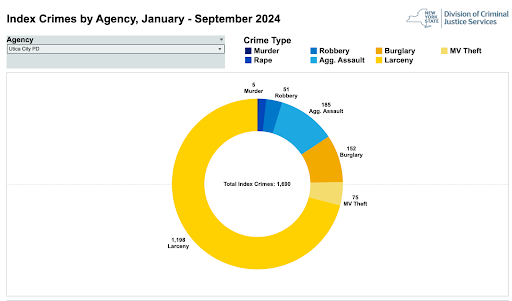



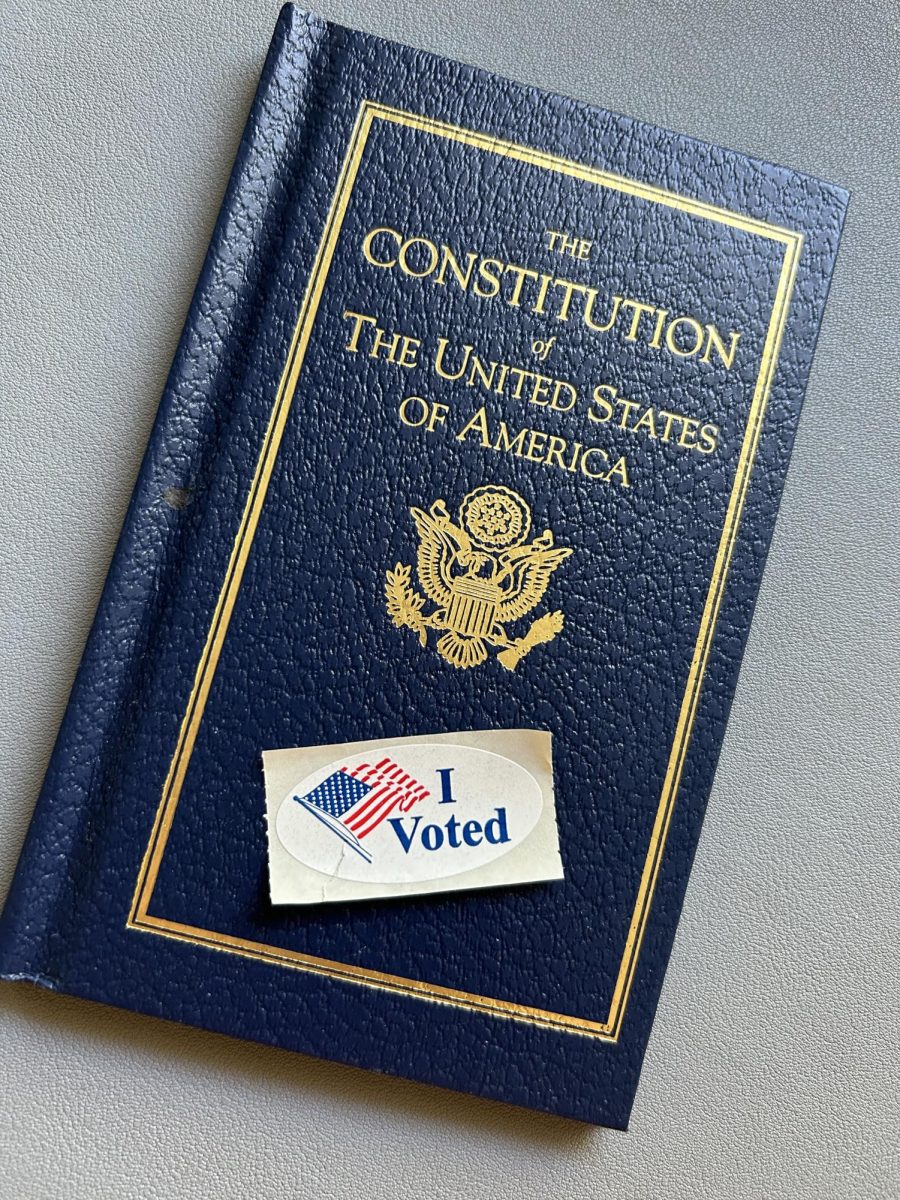

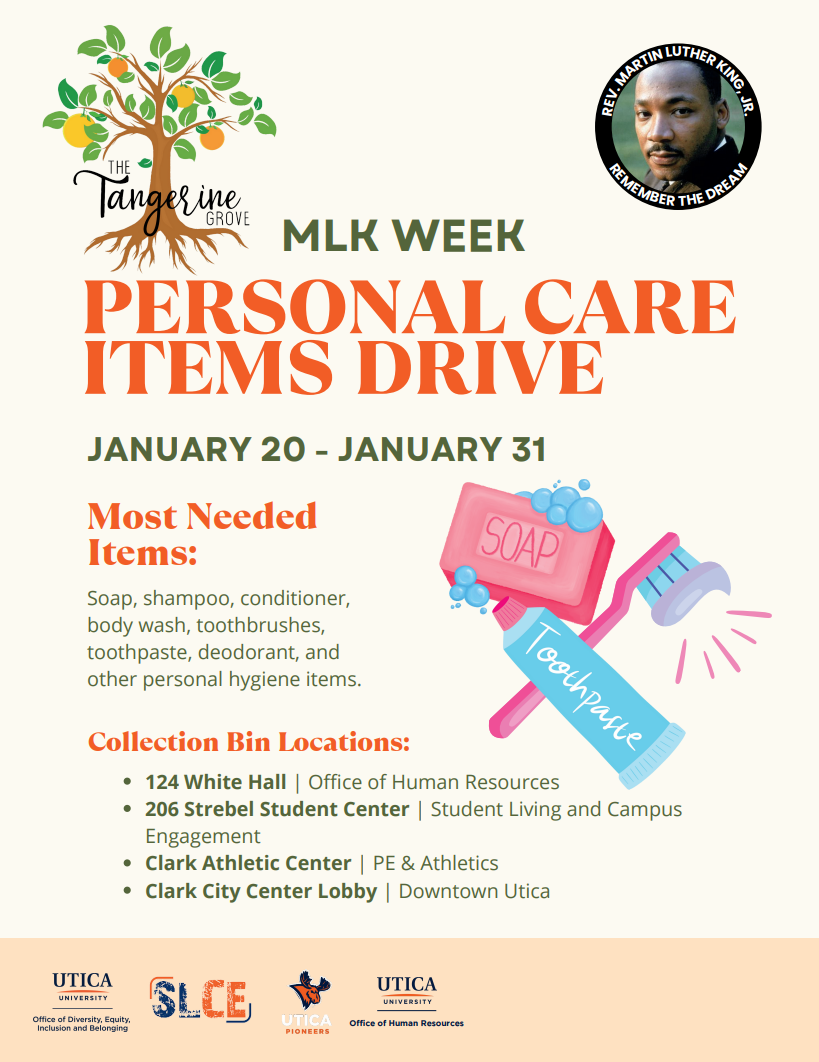










![President Todd Pfannestiel poses with Jeremy Thurston chairperson Board of Trustees [left] and former chairperson Robert Brvenik [right] after accepting the university's institutional charter.](https://uticatangerine.com/wp-content/uploads/2023/10/unnamed.jpeg)

